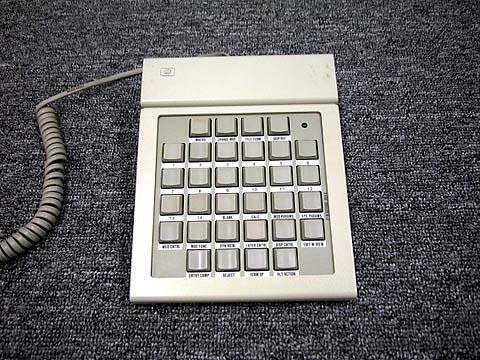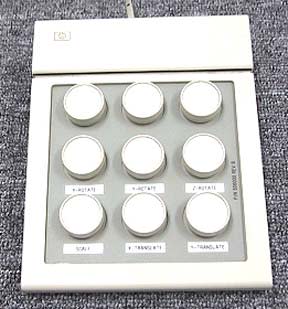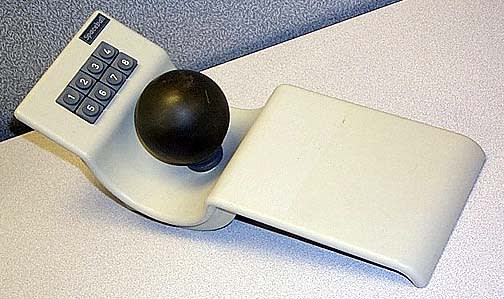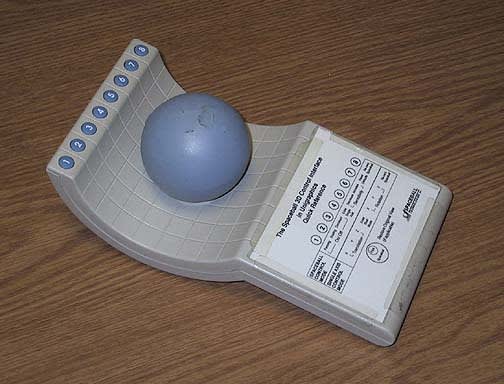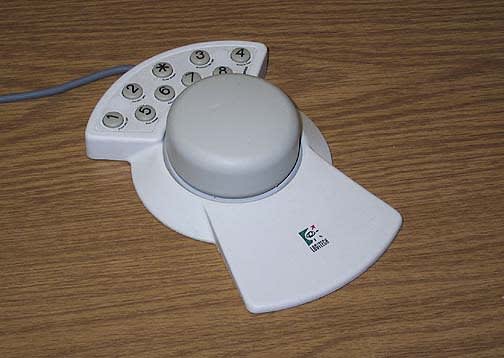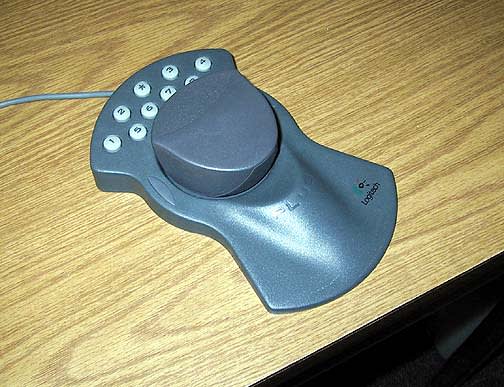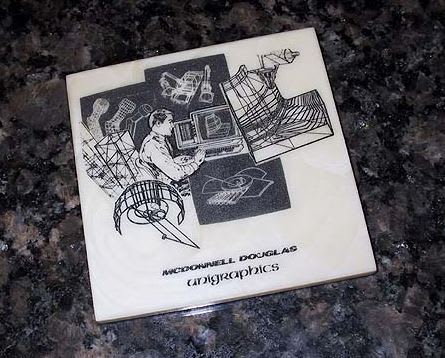-
7
- #1
JohnRBaker
Mechanical
I may have posted this before, but...
46 years ago today, August 8th, 1977, I sat down for the first time in front of a seat of Unigraphics. The company I was working for at the time, Baker Perkins Inc (no relation) in Saginaw, Michigan, had purchased a four-seat system and we had sent six people to SoCal for training. The food machinery division, where I worked, sent two engineers, myself, a mechanical engineer and an electrical engineer. The chemical division sent a mechanical draftsman and one of their PhD chemists/analysts. The manufacturing division, who were actually responsible for managing the system sent one of their NC programmers and the guy who was going to manage the system.
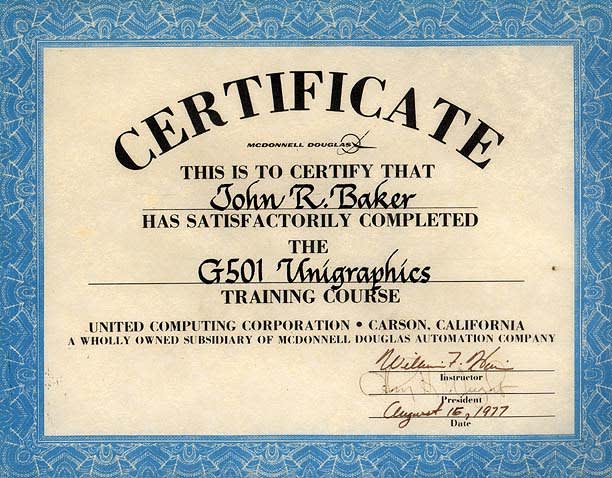
Now this was in the days when you had a central mainframe, in this case a Data General S240 CPU. It had 128K of RAM and one 96Mb disc-drive (this used multi-platter removable disc-packs). We also had a Dataproducts lineprinter, Calcomp plotter, papertape reader/punch, 9-track reel-to-reel tape-backup system and a card-reader.
Our terminals were Tektronix 4014 displays, 19-inch, 4096 lines of resolutions display (AKA green screens):
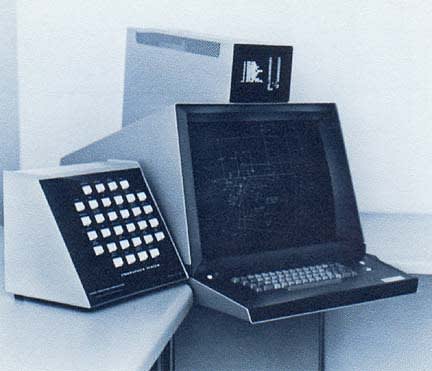
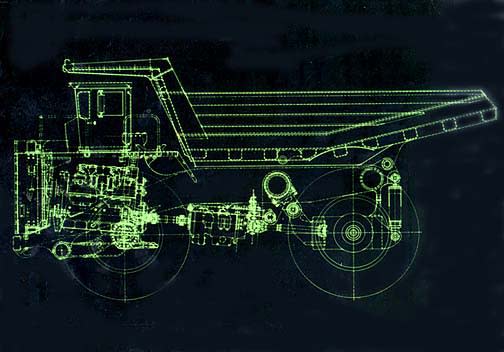
This was before touch-pads or mice, you controlled the cursor using thumb-wheels and made selections by hitting the space-bar. You selected menu options, which were displayed on a small screen mounted above to the main screen, from a 32-button PFK (Programmed Function Keyboard).
We took our class at United Computing Company's headquarters in Carson, California, what used to be an old post office (I think there's an Ikea located there now):
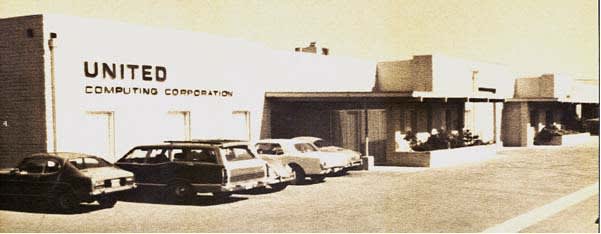
For some of you, this probably goes back to before you were born, certainly before most of you may have even started to work in engineering and certainly before you got involved in CAD/CAM. In fact, many people are shocked to learn that this sort of stuff has been around as long as it it has. And for the record, the system we purchased in 1977 was used to both design and draft our products as well as program the numerous NC machines in our shop. Note that our company was one of the first dozen or so companies/organizations to buy a Unigraphics system (the precursor to NX). In fact, our company was the first company to buy a second system, the first was installed at our Peterborough, England facility and second in Saginaw (at one time we were the largest users of UG in the world with some five systems in two countries with something like 30 workstations}.
Note that the following week, we stayed and attended the SECOND annual Unigraphics Users Meeting which was held at McDonnell Douglas in Long Beach. There were all of maybe 25 users there, seven of which worked for our company, five from our Saginaw division (one guy had to go home early) and two from Peterborough, who had flown over from the UK for the meeting.
Anyway, I hope you enjoyed the look back.
John R. Baker, P.E. (ret)
Irvine, CA
Siemens PLM:
The secret of life is not finding someone to live with
It's finding someone you can't live without
46 years ago today, August 8th, 1977, I sat down for the first time in front of a seat of Unigraphics. The company I was working for at the time, Baker Perkins Inc (no relation) in Saginaw, Michigan, had purchased a four-seat system and we had sent six people to SoCal for training. The food machinery division, where I worked, sent two engineers, myself, a mechanical engineer and an electrical engineer. The chemical division sent a mechanical draftsman and one of their PhD chemists/analysts. The manufacturing division, who were actually responsible for managing the system sent one of their NC programmers and the guy who was going to manage the system.

Now this was in the days when you had a central mainframe, in this case a Data General S240 CPU. It had 128K of RAM and one 96Mb disc-drive (this used multi-platter removable disc-packs). We also had a Dataproducts lineprinter, Calcomp plotter, papertape reader/punch, 9-track reel-to-reel tape-backup system and a card-reader.
Our terminals were Tektronix 4014 displays, 19-inch, 4096 lines of resolutions display (AKA green screens):


This was before touch-pads or mice, you controlled the cursor using thumb-wheels and made selections by hitting the space-bar. You selected menu options, which were displayed on a small screen mounted above to the main screen, from a 32-button PFK (Programmed Function Keyboard).
We took our class at United Computing Company's headquarters in Carson, California, what used to be an old post office (I think there's an Ikea located there now):

For some of you, this probably goes back to before you were born, certainly before most of you may have even started to work in engineering and certainly before you got involved in CAD/CAM. In fact, many people are shocked to learn that this sort of stuff has been around as long as it it has. And for the record, the system we purchased in 1977 was used to both design and draft our products as well as program the numerous NC machines in our shop. Note that our company was one of the first dozen or so companies/organizations to buy a Unigraphics system (the precursor to NX). In fact, our company was the first company to buy a second system, the first was installed at our Peterborough, England facility and second in Saginaw (at one time we were the largest users of UG in the world with some five systems in two countries with something like 30 workstations}.
Note that the following week, we stayed and attended the SECOND annual Unigraphics Users Meeting which was held at McDonnell Douglas in Long Beach. There were all of maybe 25 users there, seven of which worked for our company, five from our Saginaw division (one guy had to go home early) and two from Peterborough, who had flown over from the UK for the meeting.
Anyway, I hope you enjoyed the look back.
John R. Baker, P.E. (ret)
Irvine, CA
Siemens PLM:
The secret of life is not finding someone to live with
It's finding someone you can't live without

